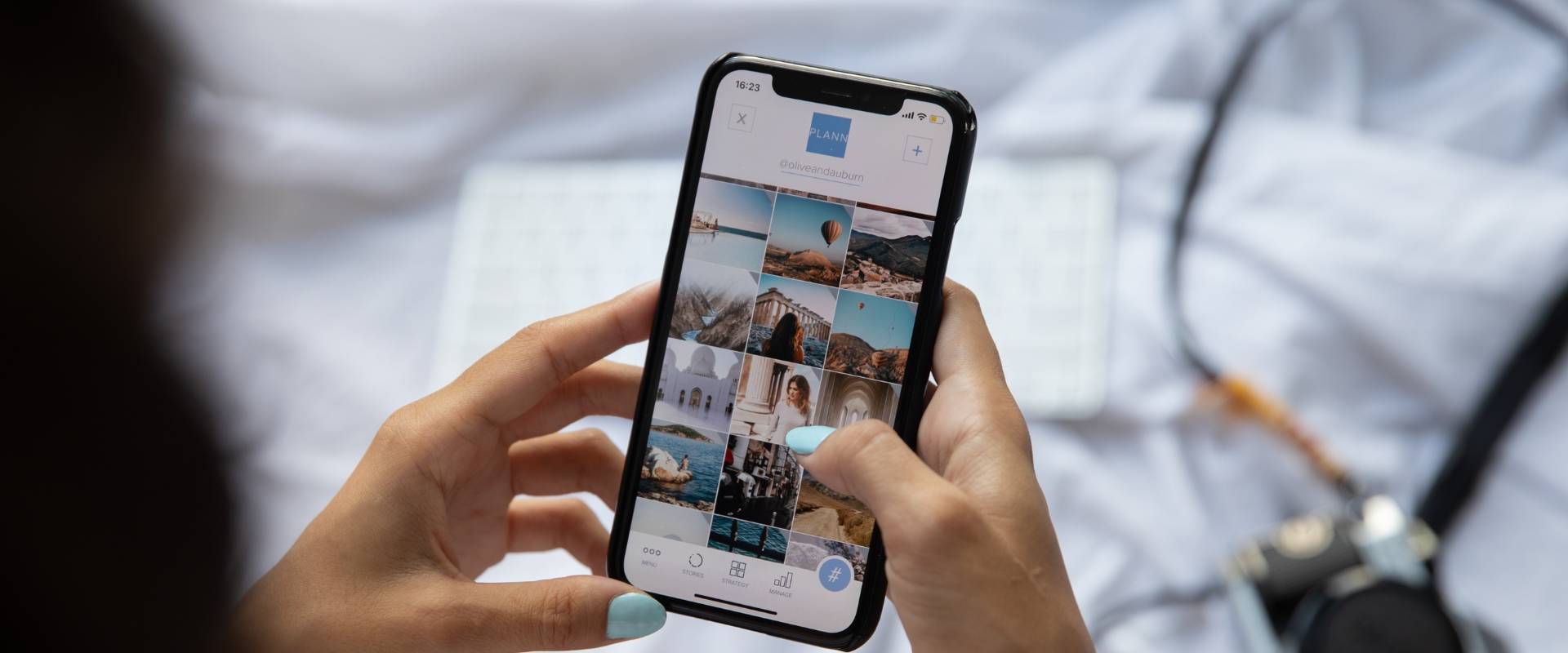Influencers are driving more than awareness—they’re shaping what people buy, when they buy it, and why. In 2025, consumer behavior continues to shift away from traditional ads and into short-form, creator-driven content. What used to take multiple touchpoints—like product research and brand comparisons—can now happen in a single scroll.
This post breaks down how influencers affect buying decisions, which platforms dominate, what data backs it up, and how your brand can respond.
Who Are Today’s Influencers?
In 2025, influencers vary by size, function, and content format:
Influencer Type | Followers Range | Typical Use Case |
Nano | Under 10k | Community-based product trust |
Micro | 10k–100k | Niche authority, local reach |
Macro | 100k–1M+ | Awareness at scale |
AI/Virtual | Varies | Brand-controlled or entertainment |
Platforms where these creators thrive:
- TikTok: Fast product discovery, trends, and impulse buys
- YouTube Shorts: Tutorials, breakdowns, and product reviews
- Instagram Reels: Beauty, fashion, and lifestyle shopping
- Threads / X: Expert-led B2B influence (especially in tech and finance)
Influencers are no longer just content creators—they’re conversion paths.
How Influencers Shape Buyer Decisions
Buyers trust people, not polished ads. Influencers bring credibility to products through:
- Demonstrations: Showing how a product fits into real life
- Conversational tone: Answering FAQs in the comments
- Consistent presence: Building parasocial trust over time
- Short-form influence: Speeding up the journey from interest to purchase
According to HubSpot’s 2025 Social Trends Report, 71% of consumers say they’re more likely to buy from someone they follow online than from a traditional ad.
Social Commerce and Platform-Based Shopping
In 2025, platforms are now full checkout experiences. Your customers can:
- Watch a video
- Tap a link
- Buy instantly—without leaving the app
Statista reports that social commerce revenue is projected to surpass $1.6 trillion globally by 2025.
Popular features:
- TikTok Shop: Native checkout in-feed
- Instagram Checkout: Seamless buying from Reels
- YouTube Shopping: Direct purchase from live streams
This behavior removes friction and rewards trust—especially from Gen Z and Gen Alpha.

AI, Algorithms, and Discovery
AI isn’t just shaping what users see—it’s influencing what they consider buying.
- Recommendation engines prioritize content that gets high saves and shares
- Creator-based ads blend into feeds naturally
- AI-generated influencers (like Lil Miquela) are entering mainstream campaigns, though still niche in most markets
The key takeaway: creators who know their audience and platform trends win reach and relevance.
Data-Driven Influencer Marketing
Influencer marketing in 2025 is a performance channel. Brands now track:
- Saves, shares, and dwell time
- Affiliate code redemptions
- Clicks via UTM links
- Audience retention and replay counts
Tools like Impact.com, Shopify Collabs, and TikTok Creator Marketplace offer dashboards that show ROI—not just reach.
The Psychological Shift: Why People Trust Influencers Over Brands
There’s a human connection at play.
- Parasocial relationships make creators feel like friends
- Behind-the-scenes content builds transparency
- Ongoing presence keeps products top of mind
- Audience interaction turns viewers into engaged communities
A study by Edelman found that 63% of global consumers trust influencers more than traditional brand spokespeople.
Challenges in 2025
As influencer marketing grows, so do the risks:
- Fake followers and inflated engagement
- AI influencers with no human oversight
- Lack of disclosure or transparency
- Audience fatigue from overexposure
To succeed, focus on authentic creators, long-term partnerships, and consistent post-campaign analysis.
What This Means for Brands and Marketers
You need a strategy—not just a shoutout. Here’s what works now:
- Collaborate instead of control
- Test influencers like ad creatives
- Look beyond vanity metrics
- Use regional voices for local relevance
- Repurpose creator content across ads, emails, and product pages
Treat influencers as media partners, not ad slots.
Best Practices for Working with Influencers in 2025
✔ Choose creators aligned with your audience, not just your product
✔ Use affiliate tracking or promo codes to measure results
✔ Ensure content meets disclosure laws (ex: #ad, #sponsored)
✔ Build long-term partnerships—not one-and-done deals
✔ Validate engagement quality before you commit
✔ Be ready to pivot based on post-campaign data
Final Thoughts
Influencers now play a leading role in how people shop online. When done right, influencer marketing builds trust, drives revenue, and helps brands become part of everyday conversations—not just ads in the feed.
Need help planning a performance-driven influencer strategy? Talk to Conquerra Digital
We help brands work with creators who move people—not just metrics.
FAQs
They drive discovery, build trust, and convert attention into action—often replacing search as the first step in the buyer journey.
They share personal experiences, interact directly, and appear consistently across platforms. That builds credibility over time.
TikTok, Instagram Reels, and YouTube Shorts dominate consumer attention, while Threads and LinkedIn see growth in B2B influence.
Micro-influencers have 10k–100k followers and typically see higher engagement, especially in niche markets.
AI helps match users with creators and powers tools like predictive reach, sentiment scoring, and even virtual avatars.
It refers to shopping experiences inside social platforms, like TikTok Shop or Instagram Checkout, often driven by influencer content.
Saves, shares, affiliate sales, video replay rate, and UTM-tracked clicks are more important than likes or follower count.
AI influencers are growing in entertainment and brand-controlled niches, but human creators still drive most real consumer action.
Use creator marketplaces or agencies that match your audience goals—not just surface metrics. Always vet for engagement quality.
Fake engagement, lack of disclosure, poor content fit, and campaign fatigue can all lead to underperformance or backlash.

